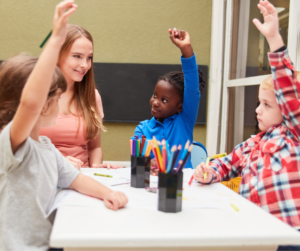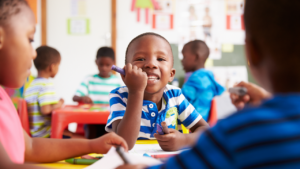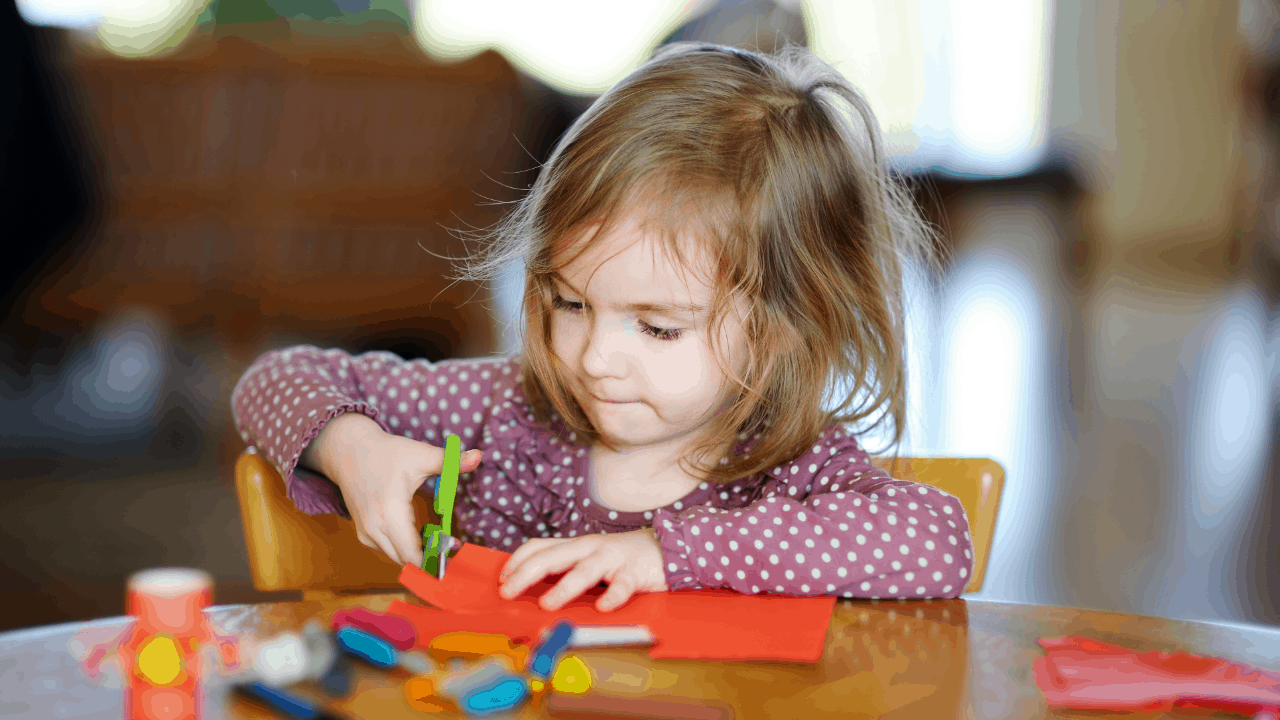The news about the long-term benefits of preschool in recent years has been somewhat contradictory. Widely reported studies have suggested that gains in language, literacy, and math skills from preschool programs like Head Start appear to “fadeout” by third grade. This led some to question the worth of public preschool programs: if the skills young children gain in preschool aren’t sustained in elementary school, then why keep investing and expanding them?
The reality is more complex. Recent research conducted by MDRC and the University of Michigan in Boston shows that preschool (or prekindergarten) programs boost literacy and math skills for young children. It also shows that most children who do not participate in preschool tend to “catch up” to their peers in elementary school. Kindergarten, it turns out, is a pivotal year. It is the year when most fadeout occurs, and the year when skills among students with or without preschool tend to converge. That’s why the issue of preschool fadeout is directly connected to the learning experience children have in kindergarten, and why there is a growing movement to use known strategies to ensure that the academic, social, and health benefits of preschool last.
 To do that, the transition between preschool and elementary school needs to be stronger, more intentional, and more closely aligned. This approach, known as P-3 alignment, has emerged as an effective strategy for strengthening the transition and learning experiences for young children. When done well, this can boost academic achievement for all students. In order to sustain the advantages of preschool, which have long-term benefits that include positive effects on health and life outcomes, the approach to instruction and learning in the early grades needs to be aligned with the approaches used in high-quality preschool settings.
To do that, the transition between preschool and elementary school needs to be stronger, more intentional, and more closely aligned. This approach, known as P-3 alignment, has emerged as an effective strategy for strengthening the transition and learning experiences for young children. When done well, this can boost academic achievement for all students. In order to sustain the advantages of preschool, which have long-term benefits that include positive effects on health and life outcomes, the approach to instruction and learning in the early grades needs to be aligned with the approaches used in high-quality preschool settings.
This is particularly important in kindergarten — if students repeat what they learned in preschool then the benefits of preschool tend to fade. When teachers can differentiate instruction and build on a student’s knowledge and skills, then the preschool experience remains a powerful building block.
This understanding is based on many years of research focused on how a young child’s brain develops, and the formal and informal settings in which children learn. The conversation has moved away from whether preschool is worthwhile, to a broader and more complex discussion about how children learn best. That has included a growing understanding of their physical and behavioral health needs, the role of parents and families, professional learning for early educators, and how to incorporate techniques like intentional play and self-directed learning that can strengthen preschool and elementary school instruction.
Researchers have also found key differences in how preschoolers spent their time in the classroom compared to their peers in early elementary grades. Beginning in kindergarten, children are far more likely to spend time sitting, listening, and getting direct instruction, and far less time engaging in peer-to-peer interactions, hands on learning, and intentional play.
 Moving Toward a P-3 Model
Moving Toward a P-3 Model
The work of creating an aligned approach to early learning that connects preschool and elementary school experiences is just beginning, nationally and in Oregon, and faces multiple challenges.
The first is that the preschool experience is not available to most children. And when it is, it’s optional. In Oregon, only 15-20 percent of eligible 3- and 4-year-olds attend public preschool programs.
Knowing that children come from a wide range of backgrounds and experiences prior to kindergarten also underscores the need for strong family engagement to support them effectively. The years before kindergarten are crucial for nurturing relationships between families and educators, between communities and schools, to build trust and understanding as children begin to learn in more formal settings.
Ideally, high-quality, culturally responsive early learning settings effectively connect to high-quality elementary school experiences. The experience should be seamless, centered on the needs of students and deeply informed by families, teachers, and the greater learning community around them. It includes consideration of the local and cultural context in those communities as well as broader system-wide goals and strategies.
In Oregon, several strategies are in place to begin building an aligned education system that connects the early years and the early grades. As part of Oregon’s Kindergarten Readiness Partnership & Innovation Program (KPI), some of the state’s Early Learning Hubs regularly convene preschool and elementary educators to collaborate and learn from one another. Several of Oregon’s Preschool Promise sites are also co-located at elementary schools which helps connect the preschool and elementary school experience.
 Children’s Institute (CI) launched Early School Success (ESS) in 2019 to work directly with school district communities and their early learning partners to strengthen the connections between preschool and K-5 settings. A distinct feature of the program includes using human-centered design approaches that embed parent and teacher voice into improving the learning experiences of students from preschool through elementary school. Recent work includes applying anti-bias education approaches that help educators and students explore their cultural identities. Early in 2021, CI will add rural school districts to the ESS community and will support the unique needs of those districts.
Children’s Institute (CI) launched Early School Success (ESS) in 2019 to work directly with school district communities and their early learning partners to strengthen the connections between preschool and K-5 settings. A distinct feature of the program includes using human-centered design approaches that embed parent and teacher voice into improving the learning experiences of students from preschool through elementary school. Recent work includes applying anti-bias education approaches that help educators and students explore their cultural identities. Early in 2021, CI will add rural school districts to the ESS community and will support the unique needs of those districts.
One thing is certain: if we want to sustain the benefits of high-quality preschool beyond kindergarten, P-3 programs that support young children’s development from birth to age 8 must become the norm, not isolated exemplars. Doing so will improve the experiences for children and strengthen our school communities to ensure children reach their full developmental potential.
Guiding Resources for Early School Success
Head Start Research Study 2000-2015 (U.S. Department of Health & Human Services, Administration for Children & Families)
Breaking the Cycle? Intergenerational Effects of an Anti-Poverty Program in Early Childhood (Barr, Gibbs)
FirstSchool: Transforming PreK-3rd Grade for African American, Latino, and Low-Income Children (UNC Frank Porter Graham Child Development Institute)
Variation in the long-term benefits of child care: The role of classroom quality in elementary school (American Psychological Association)
Longitudinal Evaluation of a Scale-Up Model for Teaching Mathematics with Trajectories and Technologies: Persistence of Effects in the Third Year (Clements, Sarama, Wolfe, Spitler)
Transforming the Workforce for Children Birth Through Age 8 (The National Academies)
Learning through play: a review of the evidence (The Lego Foundation)

